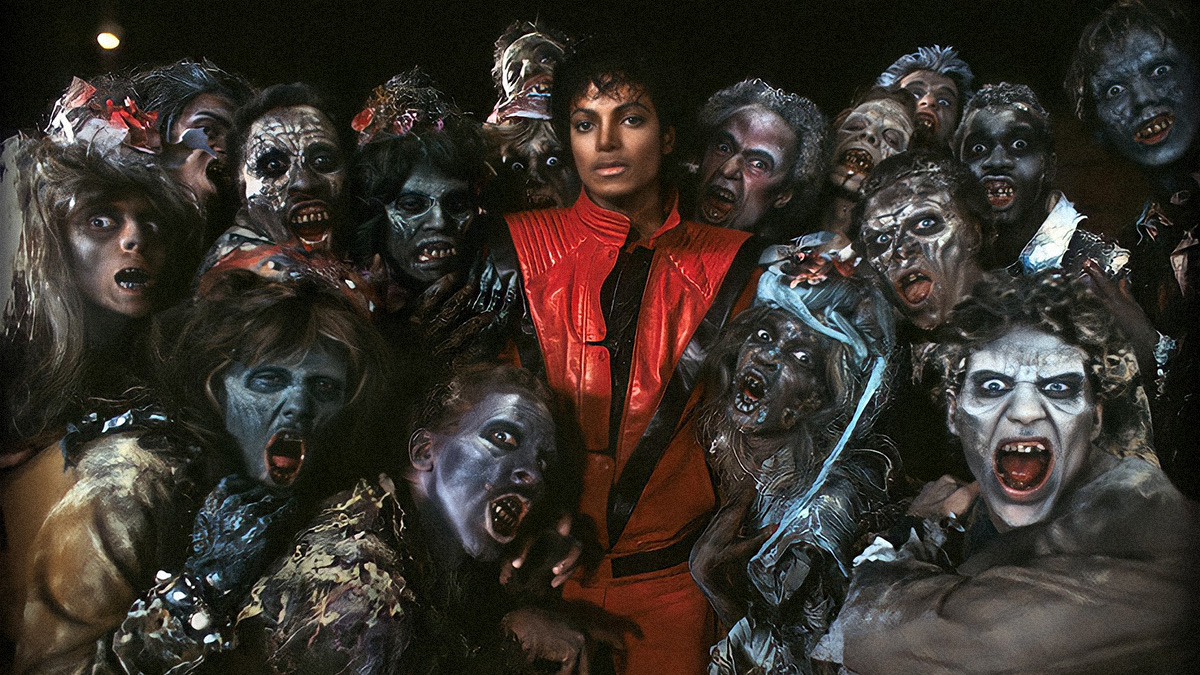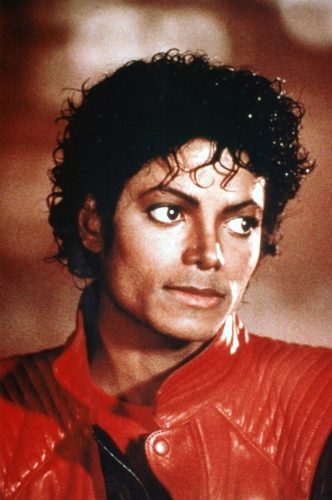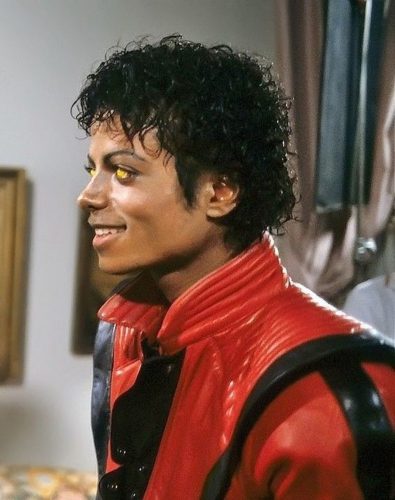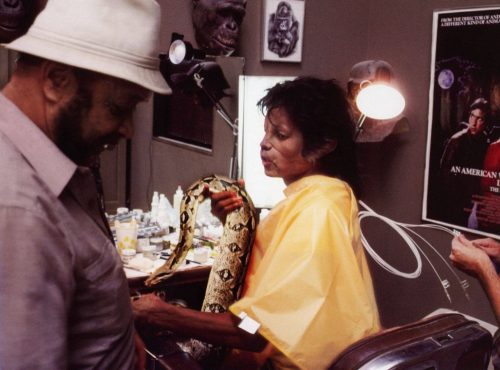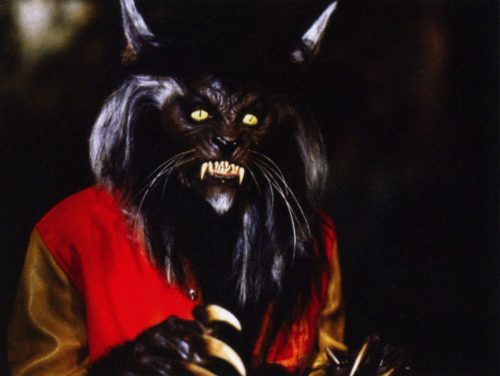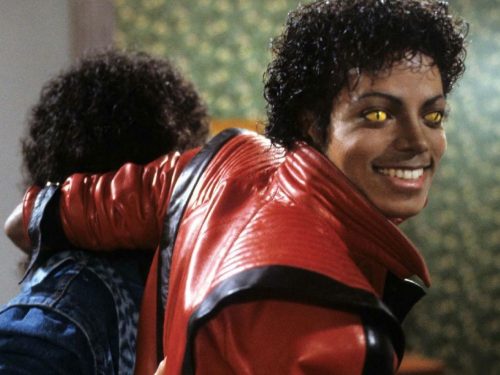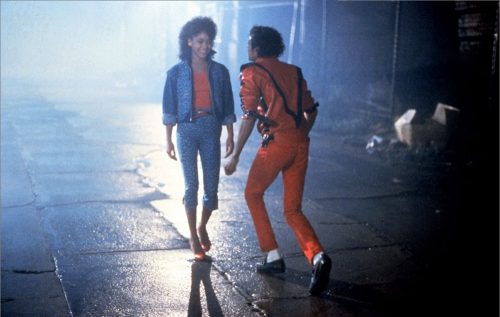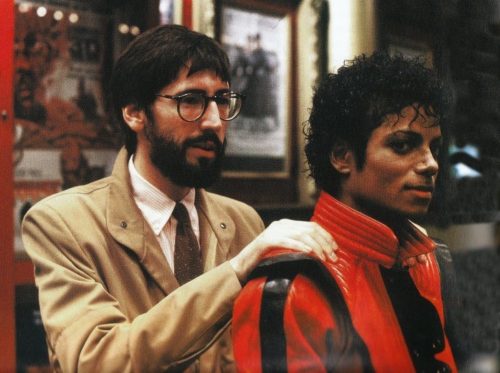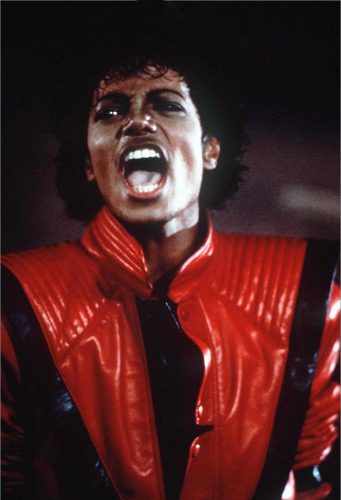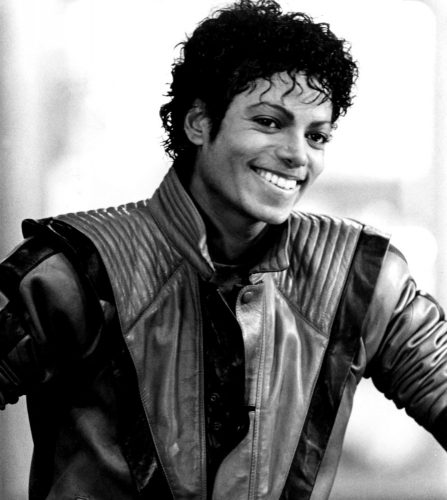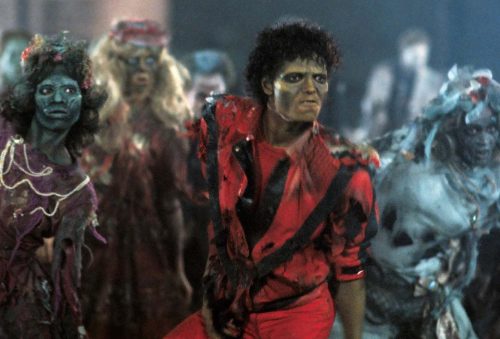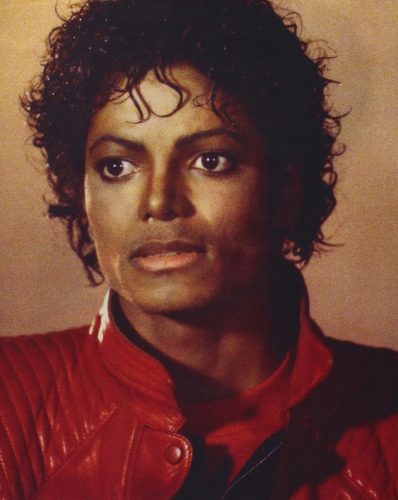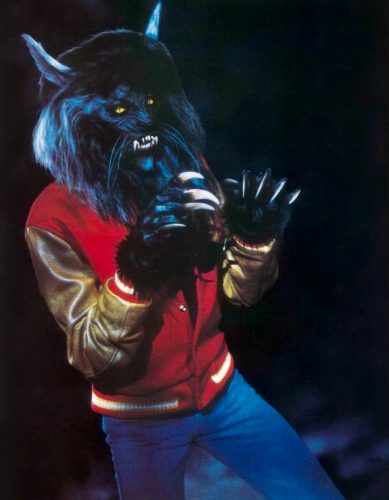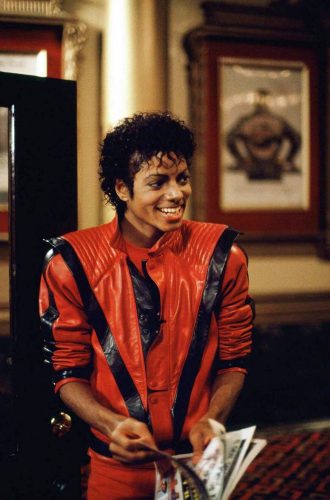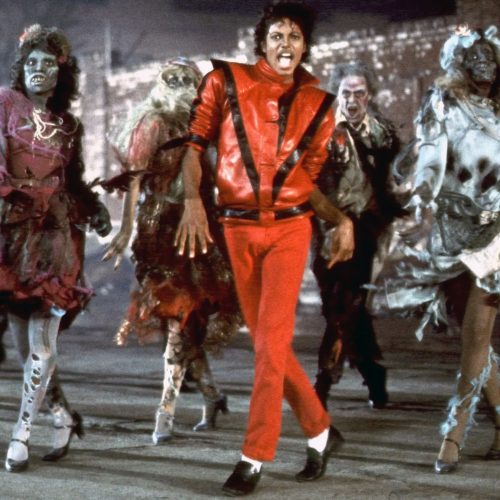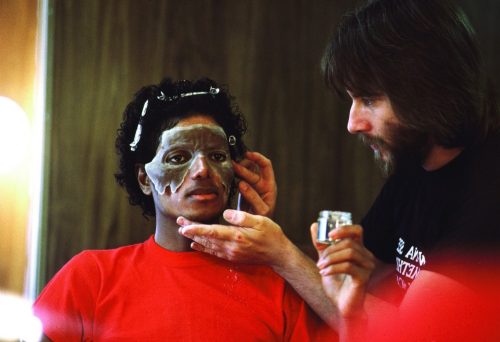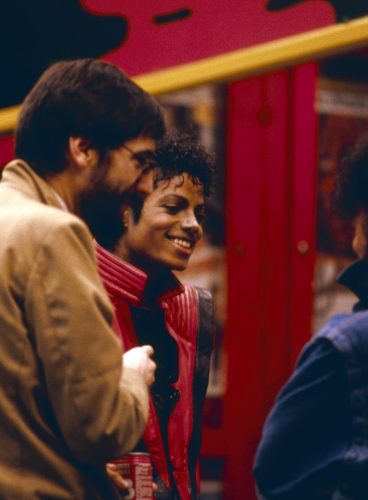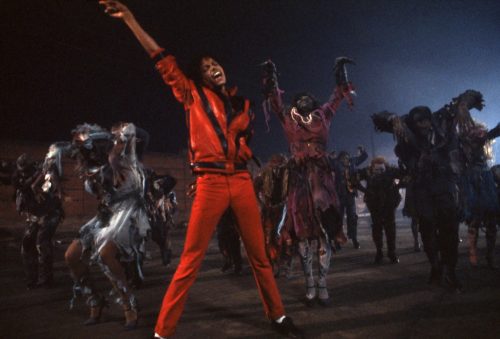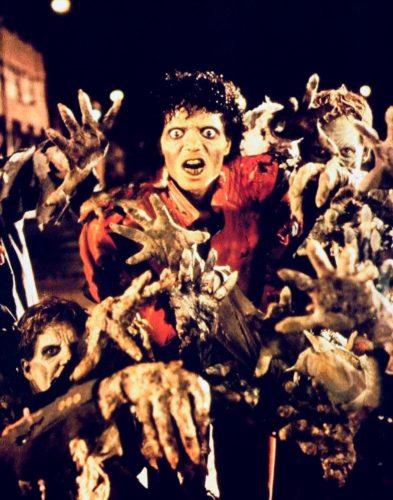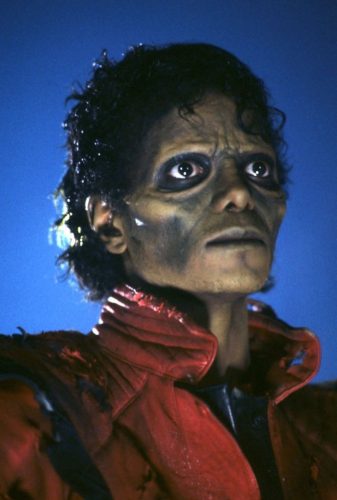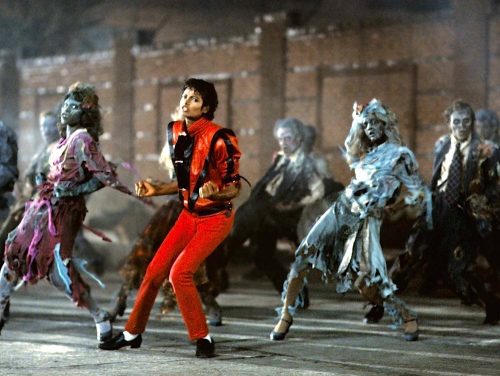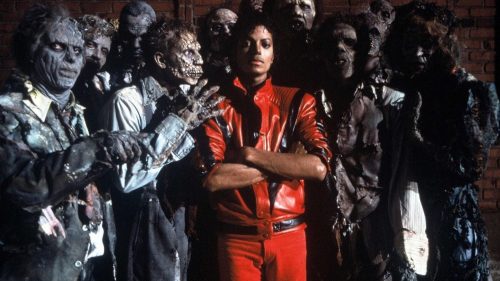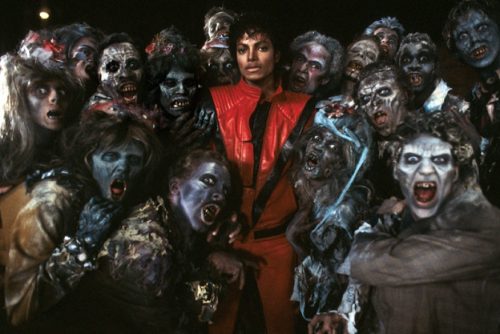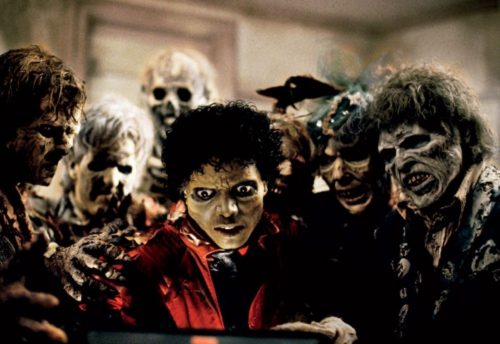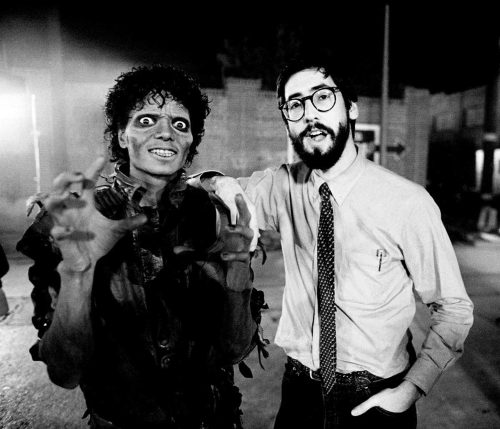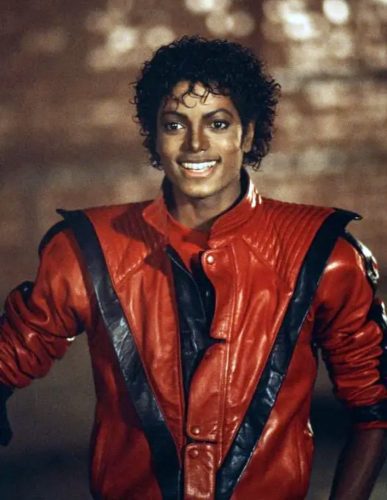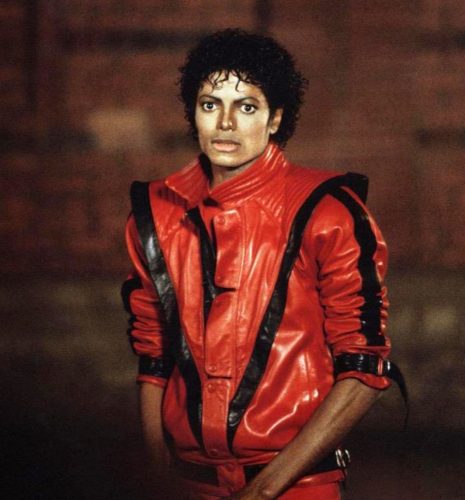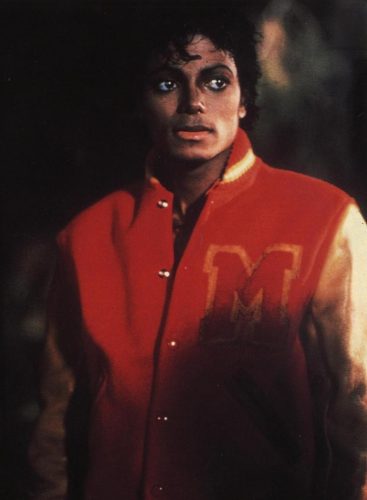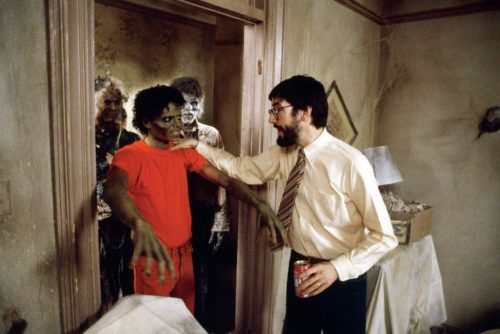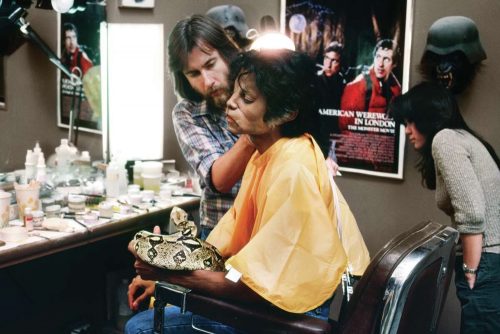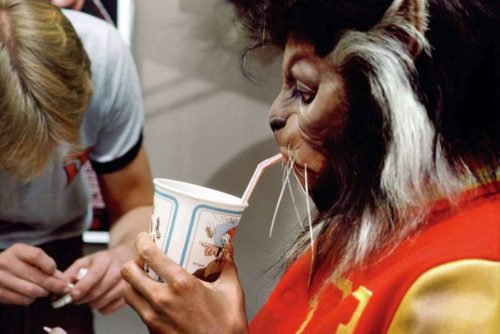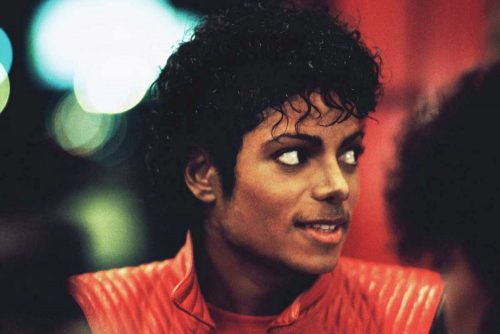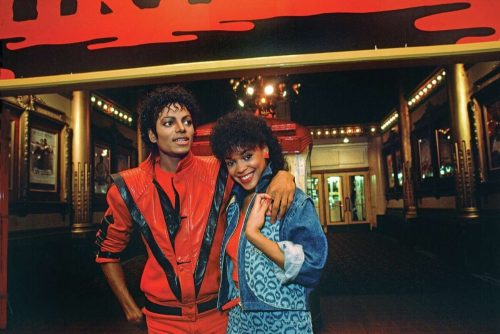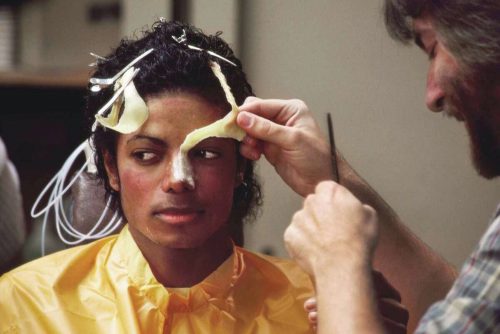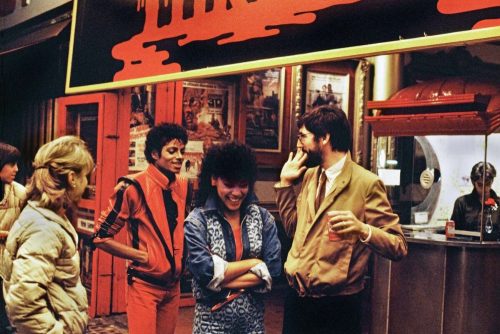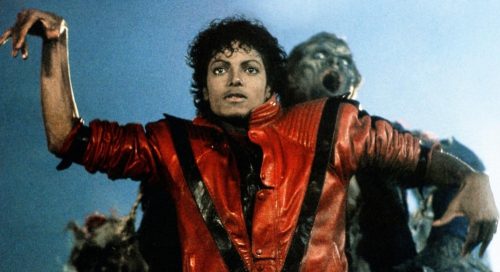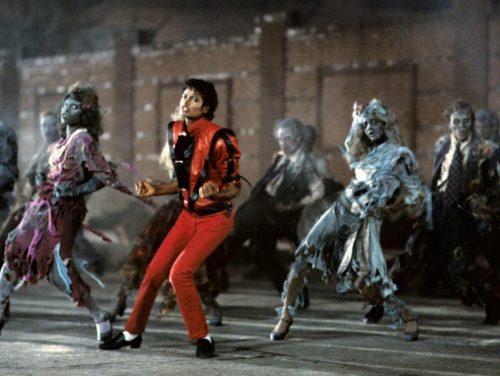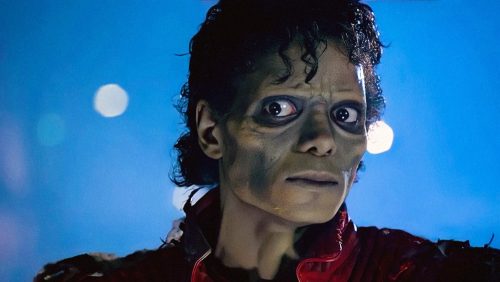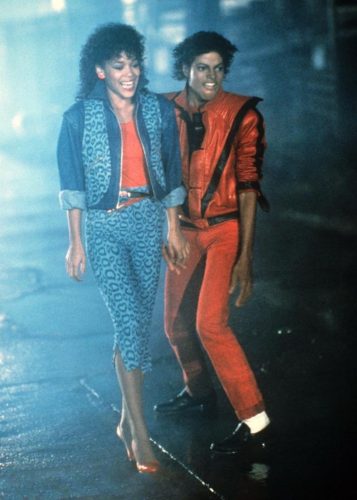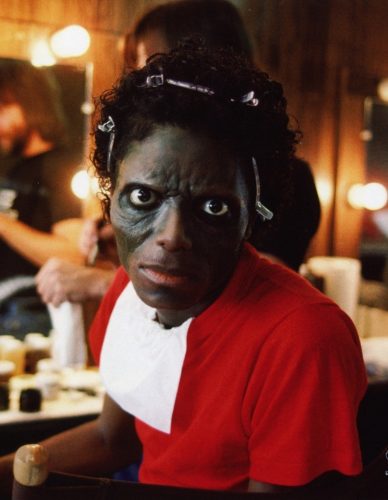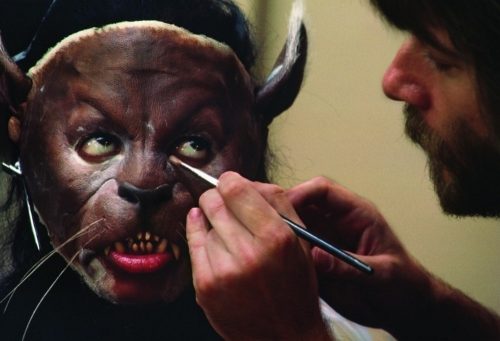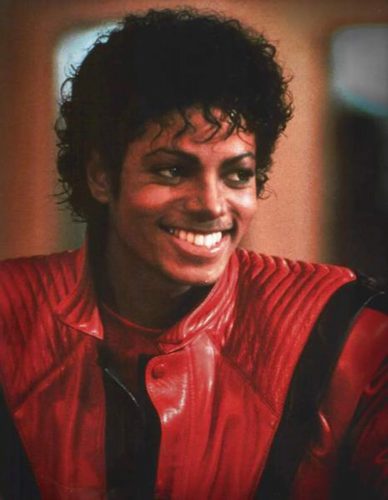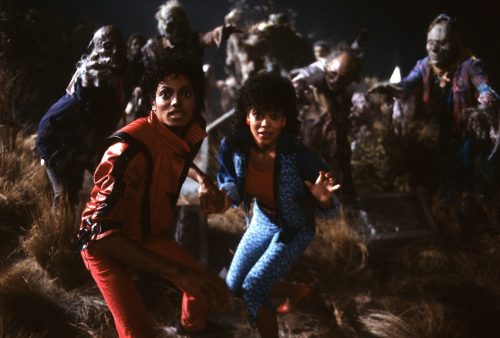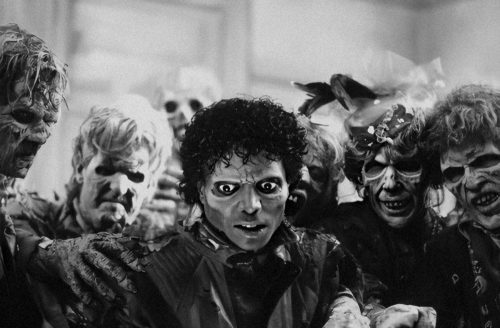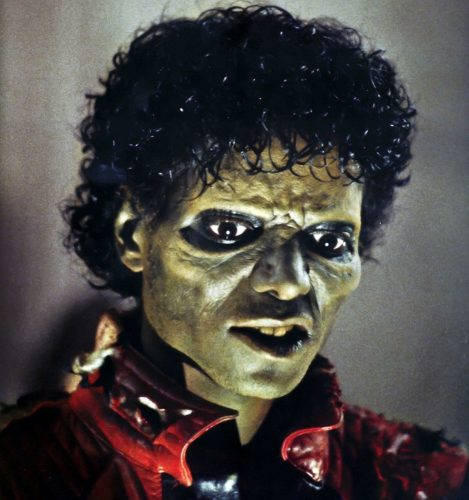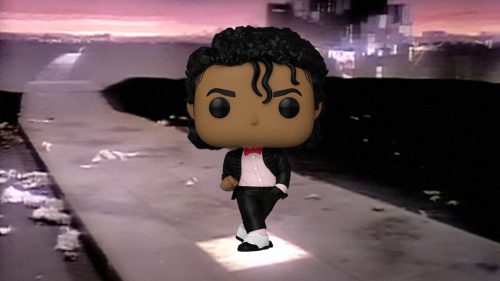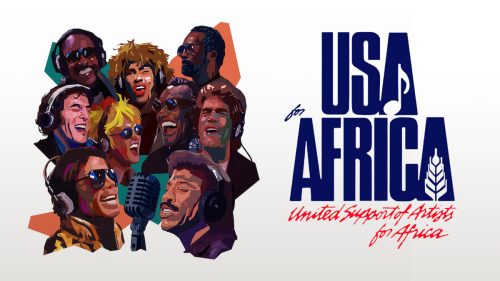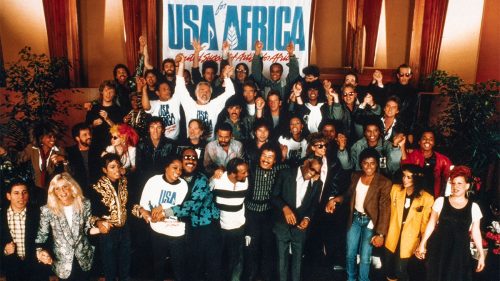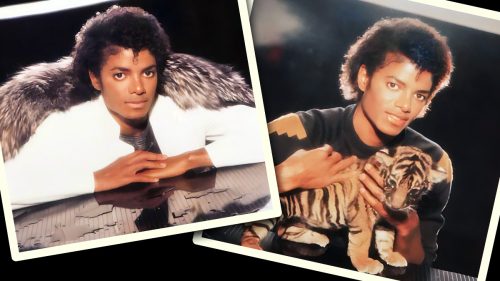How 13 Minutes of Film Changed a Genre Forever
This article has been adapted from the original 2013 Guardian article by Phil Hebblethwaite:
John Landis was in London in 1983 when Michael Jackson called to ask if he was interested in making a video for “Thriller,” the title track of the album he’d released a little under a year before. Seemingly unaware of the time difference, Michael had called at 2am UK time and the sleepy director had to feign knowledge of the song, which he hadn’t heard. Michael, for his part, hadn’t seen Landis’s films “Animal House,” “The Blues Brothers” or “Trading Places.” He wanted Landis because of “An American Werewolf in London”. Landis said he would do the video if it could be a short film, and Michael embraced the idea. The 13-minute film that resulted changed the music video genre forever, becoming less a promo clip than a cultural phenomenon.
“Thriller” was an event even when it was being shot in October 1983. Marlon Brando, Fred Astaire, Rock Hudson and Jackie Kennedy Onassis all turned up on set, and Eddie Murphy, Prince and Diana Ross were spotted at the private premiere on November 14th. On November 21st, 1983, it was first shown to the public. To be eligible for the Oscars, it needed a week-long theatrical release, so Landis arranged for it to open, bizarrely, for Disney’s “Fantasia” at a single cinema in LA. And then, at midnight on December 2nd, after weeks of trailers and hype, MTV showed it to the world.
“Thriller” sealed MTV’s reputation as a new cultural force; dissolved racial barriers in the station’s treatment of music (though MTV has always denied they existed); revolutionized music video production; spawned the “making of” genre of documentary (“The Making of Filler,” as Landis said at the time); helped create a market for VHS rentals and sales, because fans were desperate to see it when they wanted, rather than at the will of TV stations; and, in 2009, became the first music video to be inducted into the Library of Congress’s National Film Registry.
“Music videos in the early 80s started as a little cottage industry in Britain, really,” says Brian Grant, the British director who made the “Private Dancer” video for Tina Turner and Whitney Houston’s “I Wanna Dance With Somebody”. “As soon as the Americans got involved, things became monetised, turning music videos into a proper industry, which operated alongside MTV. The big turning point was Thriller.”
And yet, “Thriller” was something of an afterthought. The seventh single from a 9-track album that didn’t have the most auspicious of starts when it was released a full year before the “Thriller” video. “The thrill is gone,” suggested the Melody Maker magazine in its review of the album. It wasn’t until videos for “Billie Jean” and “Beat It” hit heavy rotation on MTV in early 1983, and Michael performed the Moonwalk for the first time on the “Motown 25” TV special in May, that it really took off. The “Thriller” video sent album sales into orbit, with Michael’s label Epic reportedly shipping a million copies a week in its immediate aftermath.
Nevertheless, the “Thriller” video was set to be so expensive – $900,000, to pay for not just the filming and effects but 10 days of dance rehearsals – that Landis and Michael had to find a way to fund. It was Landis’s producer George Folsey Jr who came up with the idea of the making-of video, which could be sold to networks as bespoke content. MTV paid $250,000 and Showtime $300,000 for the rights to the documentary, Michael would take care of upfront costs, and the video was able to go ahead, with the label coughing up $100,000. When the documentary was released on VHS, selling for $29.95, it attracted more than 100,000 advance orders in its own right.
Director Spike Jonze was 14 years old when “Thriller” came out in 1983. He went on to direct music videos for the Beastie Boys, Fat Boy Slim, Björk, Daft Punk and Kanye West among others. On the “Thriller” video the director says, “I loved it. It had some magic that made it shine. When I started directing videos myself a few years later, it was like a touchpoint. I didn’t have this thought intellectually at the time, but when I watch it now I realise that there’s no reason for a lot of it; it’s so free and loose. There’s the car running out of gas and it’s like a movie, then it just keeps going, as if they’re saying: ‘That’d be cool, let’s do that.’ Michael Jackson seems like this kid who loves music, horror films, special effects, makeup, zombies and wants all of those things in the video. It has that spirit to it that must have been contagious; it spoke to other kids.” He goes on to say “Above all, it’s just this amazing documentation of Michael Jackson at his most electric. Even him bantering with the girl after they come out of the movie; you’re seeing him at this incredible age and at this moment in his life. It’s like he’s disconnected from everything and everyone, and that’s exciting.”



